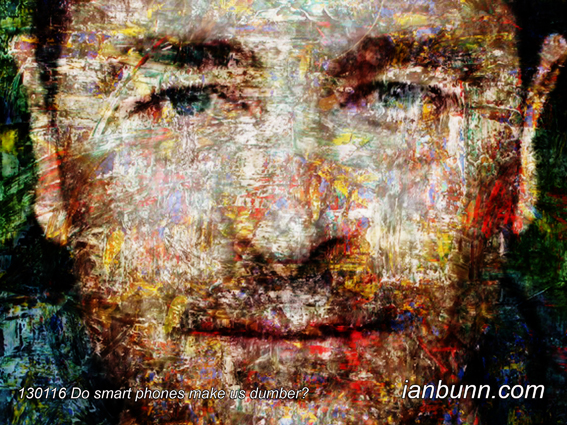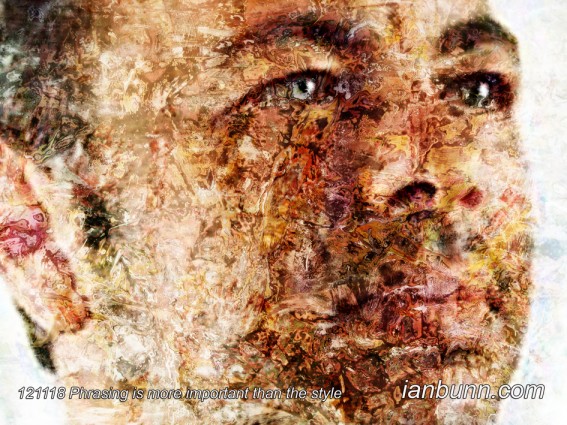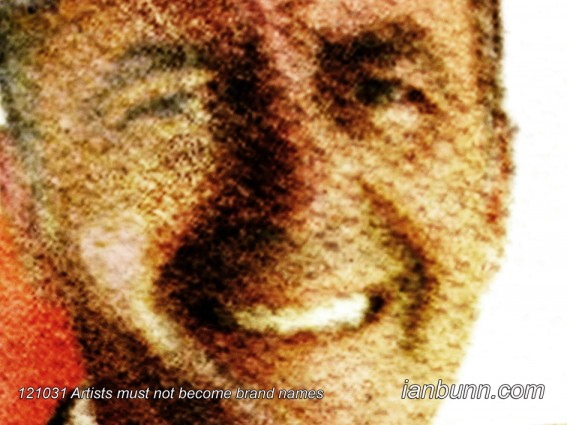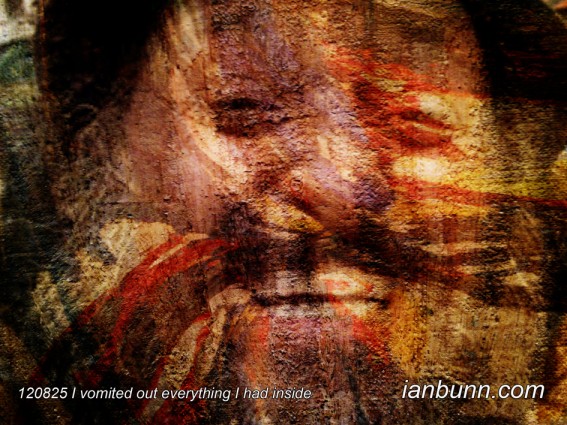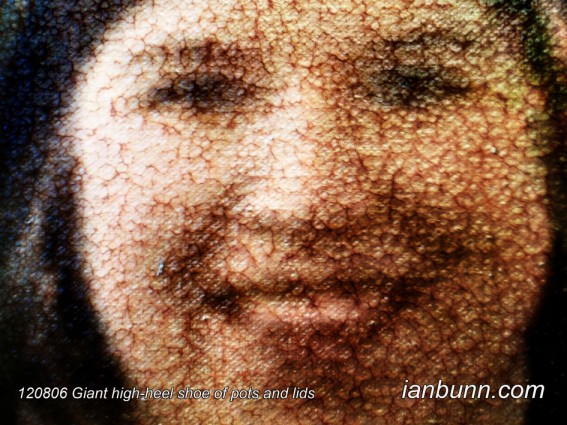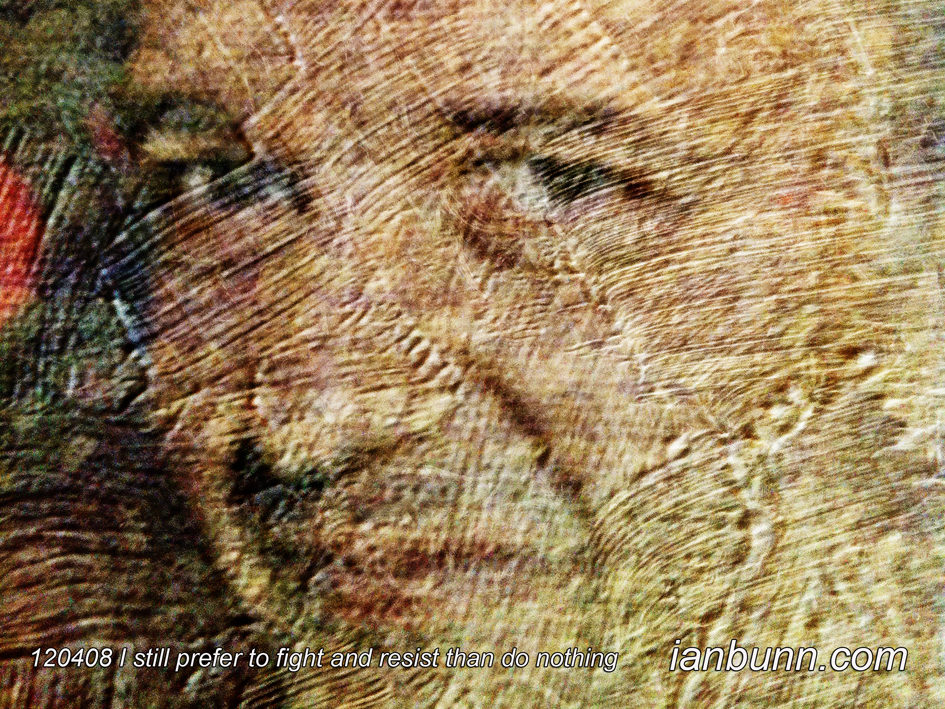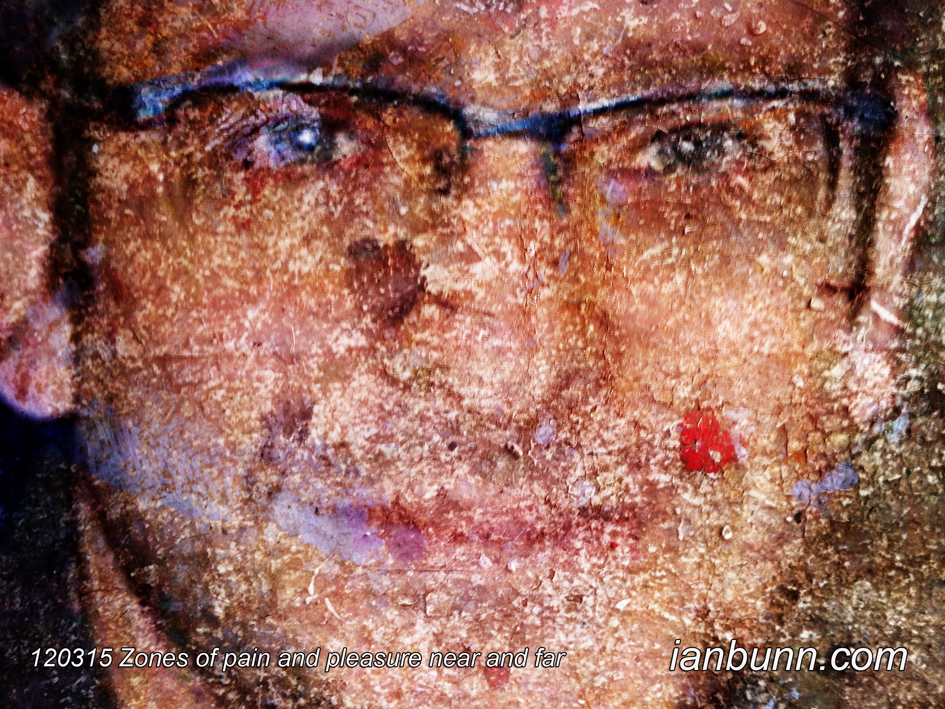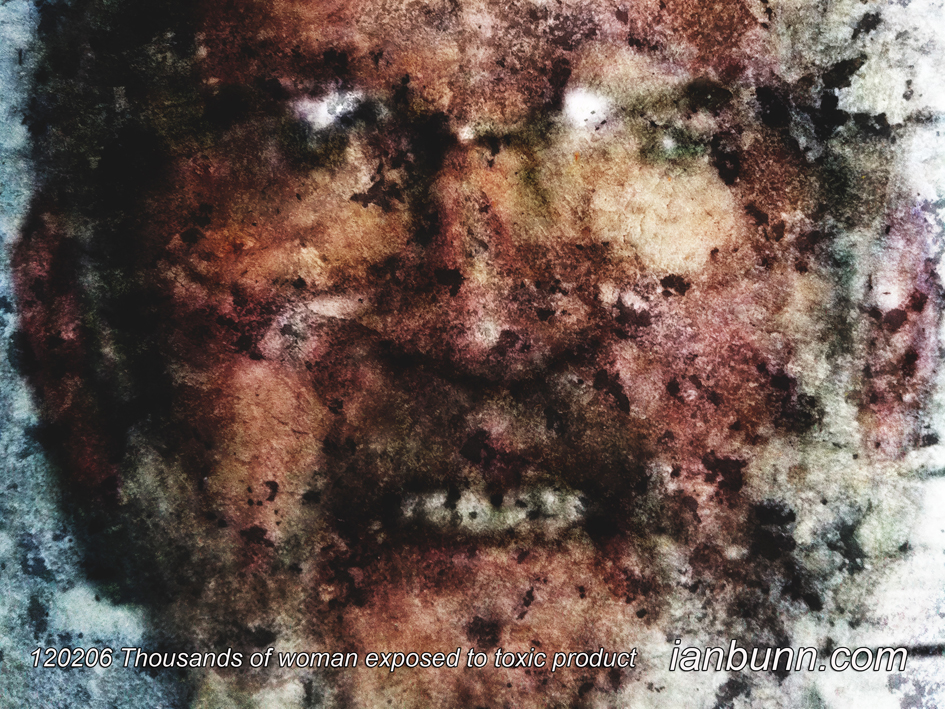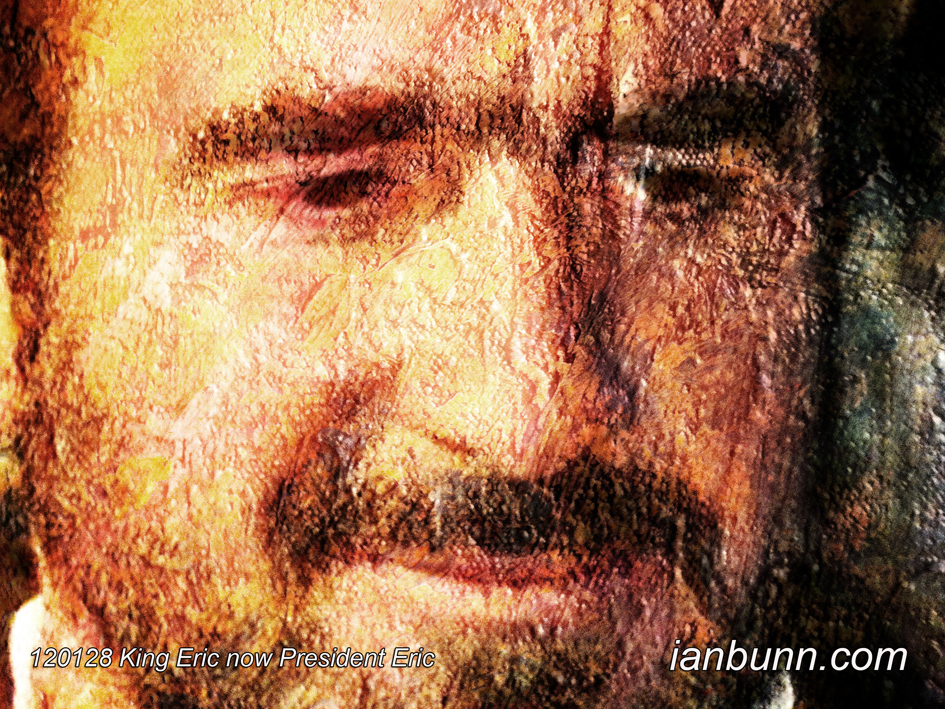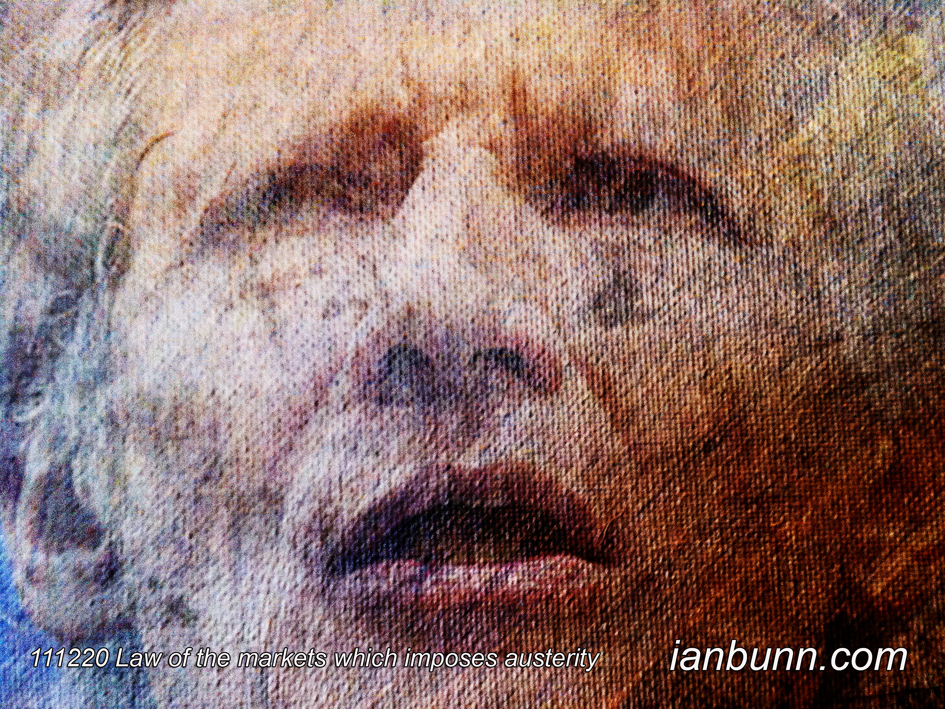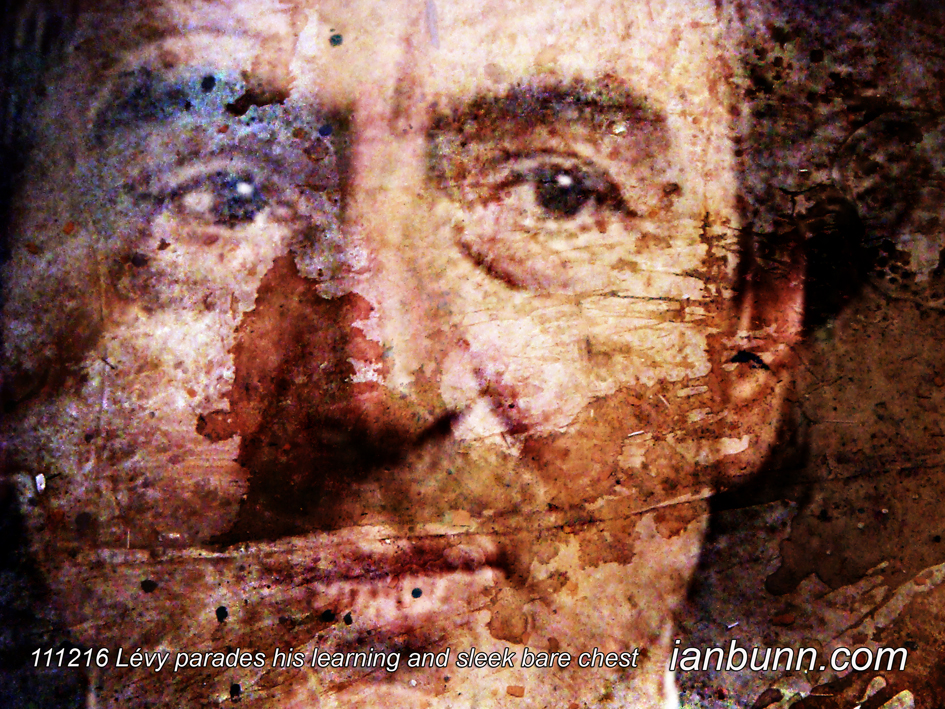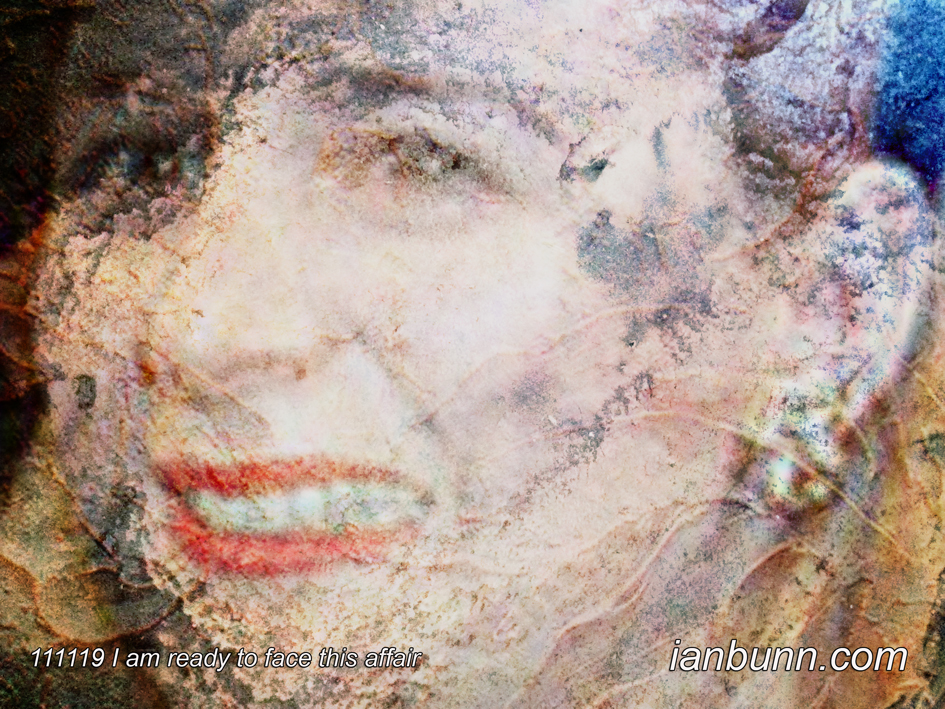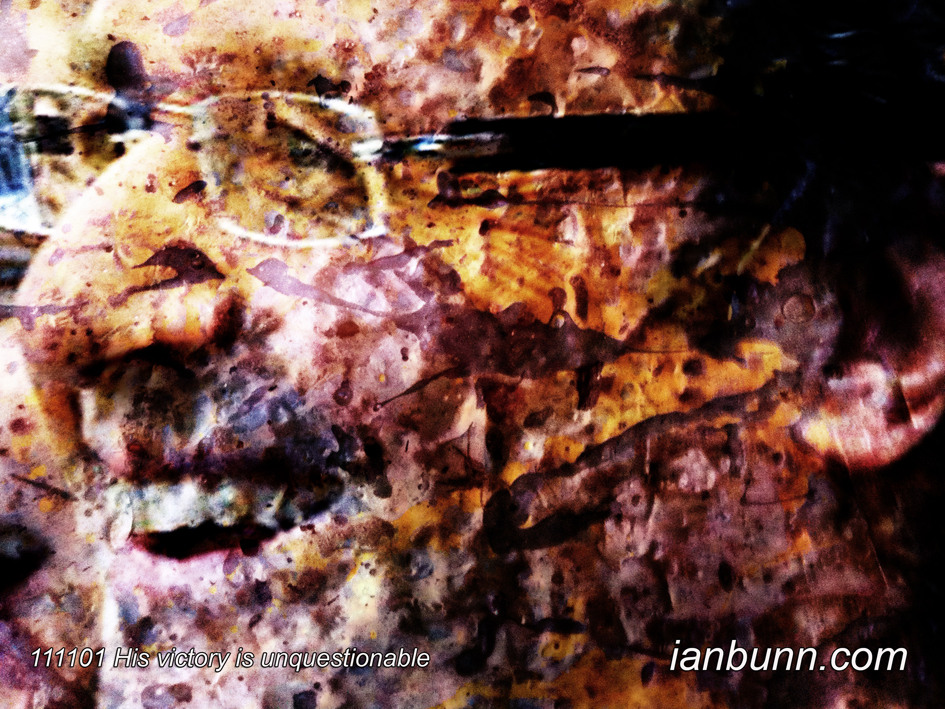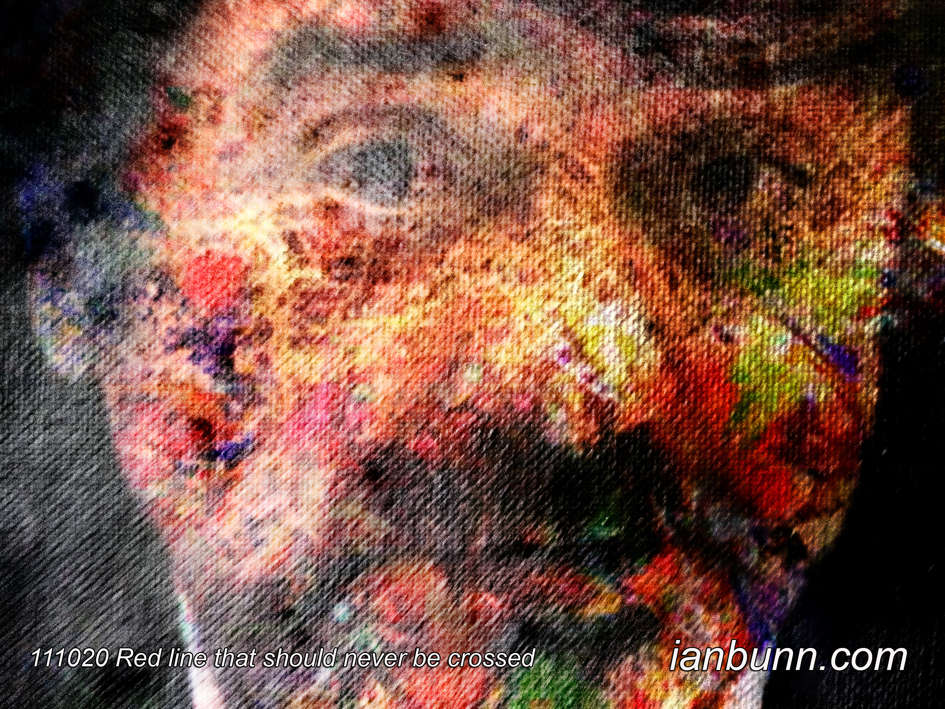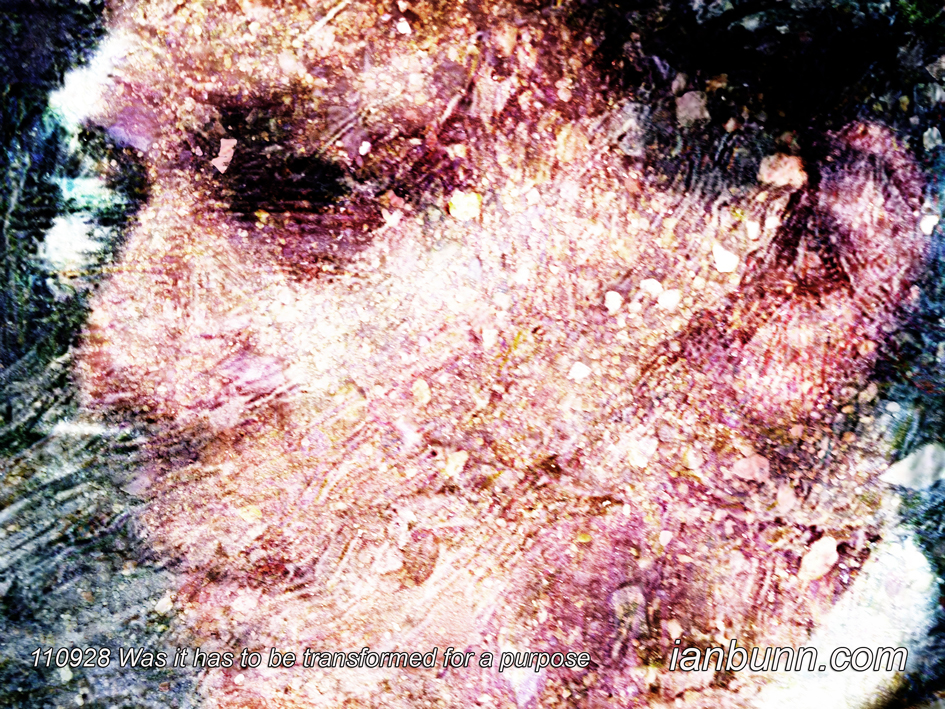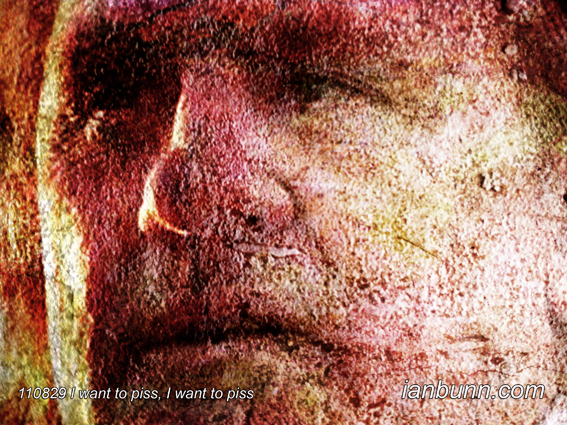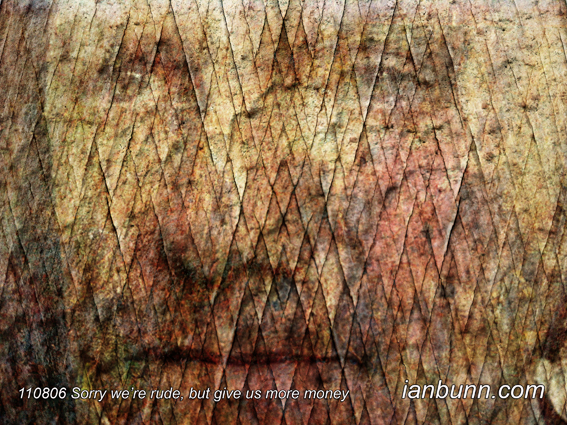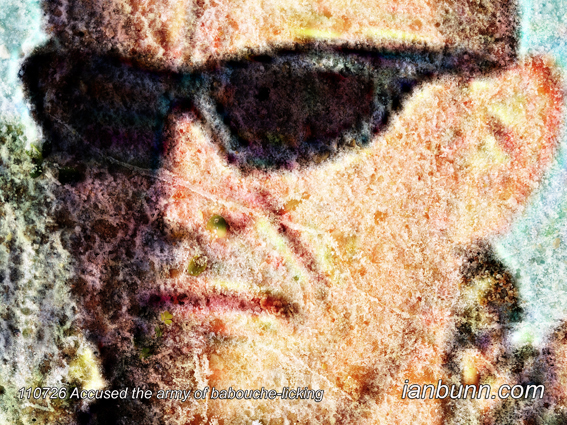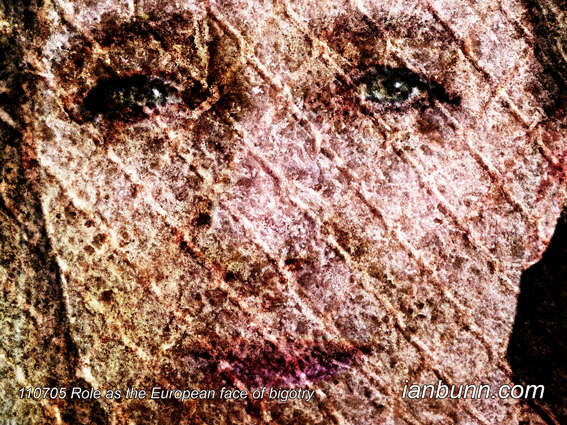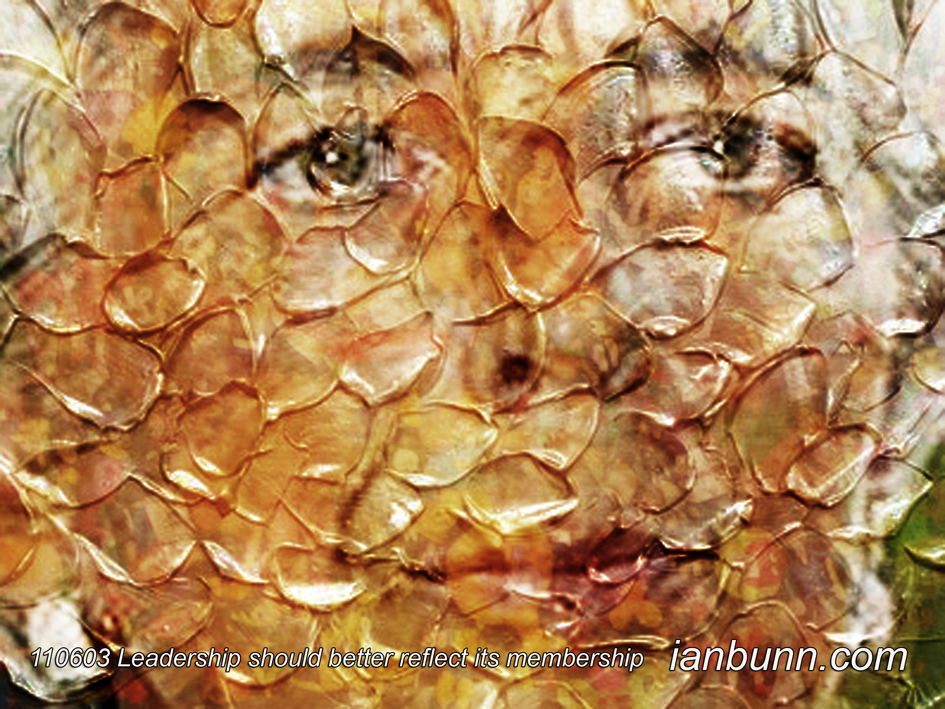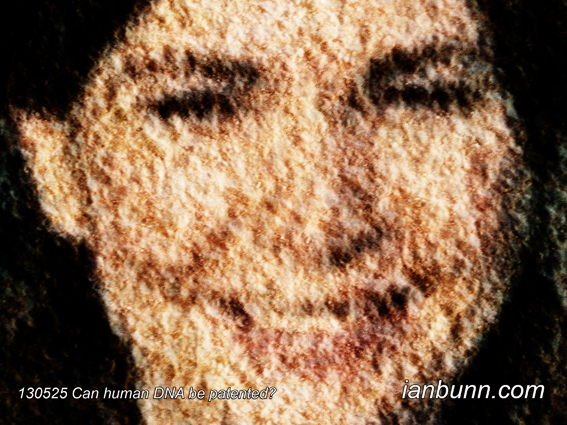 Can human DNA be patented? (May 25 2013)
Can human DNA be patented? (May 25 2013)
Stephanie Trouillard the French TV journalist and blogger has published an article on France24 titled ‘Can human DNA be patented?’ in which she states “The US Supreme Court is hearing a case against a US biotech company that wants to defend its exclusive rights over two human gene sequences that could be used to identify people at greater risk of developing ovarian and breast cancer. Myriad Genetics, based in Salt Lake City, Utah, developed a genetic diagnosis tool based on the BRCA1 and BRCA2 genes — sequences that the company successfully patented — in the late 1990s. …Myriad’s monopoly over the two genes is contested. Researchers, doctors and patients argue that the company’s patents prevent wider testing and research into cancer. The US-based Association for Molecular Pathology (AMP) is one of several scientific bodies contesting Myriad’s patents at the Supreme Court, whose nine justices are expected to deliver their ruling in June. The AMP argues that the genetic sequences for which Myriad holds the patents, awarded in 1997 and 1998, unfairly block further and more extensive research into cancer treatments. … AMP lawyer Christopher Hansen argued to the court that a company could not have exclusive rights over DNA, it being a substance created by nature. “The question presented by this case is what exactly did Myriad invent?” Hansen said. “And the answer is nothing.” The groups opposing Myriad’s patents are supported by Nobel Prize-winning scientist James Watson, who discovered the double helix structure of DNA in 1953. He argued that the product of nature could not be monopolised by any entity. “Knowledge per se cannot be patented. Myriad should not own breast cancer genes,” Watson said outside the Supreme Court. Myriad, meanwhile, wants to secure its rights on the genetic sequences and so safeguard the substantial investments it made in researching and developing its analysis tools.”
Inspired by Stephanie Trouillard, France24 ow.ly/kuIe9 Image source ow.ly/kuIci
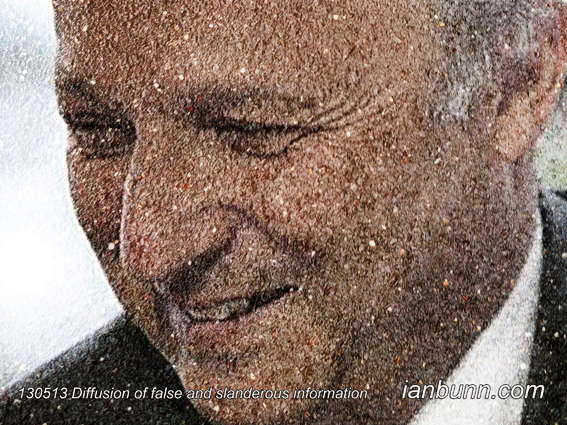
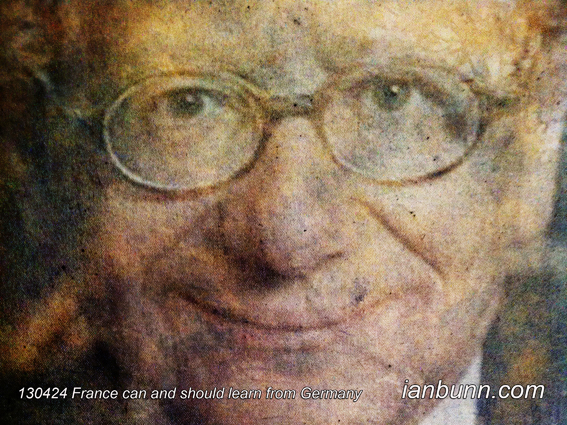
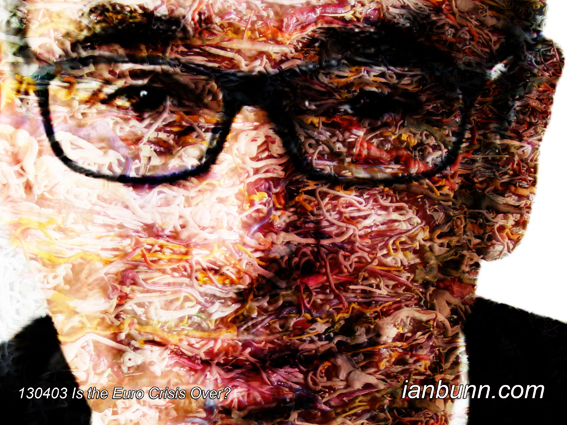
![Daniel Buren the 74 year old French conceptual artist, classified as an abstract minimalist known best for using regular, contrasting maxi stripes to integrate the visual surface and architectural space, notably historical, landmark architecture. Among his chief concerns is the ‘scene of production’ as a way of presenting art and highlighting facture (the process of ‘making’ rather than for example, mimesis or representation of anything but the work itself). The work is site specific installation, having a relation to its setting in contrast to prevailing ideas of a work of art standing alone. Buren has been profiled in an article by Roberta Smith for the New York Times titled ‘Daniel Buren: 'Electricity Fabric Paint Paper Vinyl ...', Smith states “[Buren] who reduced painting to awning stripes printed on canvas or paper some 40 years ago, has probably eked more mileage out of this signature end-of-painting motif than any artist could logically expect. …Buren shows the latest versions of site-specific works in vertically striped paper that date back three and four decades. These pieces are, in effect, intermittent expanses of wallpaper that alter our sense of a space and create a nice graphic, even decorative punch. …Buren takes up the striped canvas again, but with several twists. In one he layers the canvas with white-striped Plexiglas to block or expose the colored stripes beneath. In the other group glam-rock chic prevails: the canvas is luminescent, cut with a curved or a diagonal edge that is lined with a glowing strand of fiber optics. Despite their newness, these pieces conjure the early-1960s work of artists like Frank Stella and Robert Mangold; they are arbitrary and conventional, and could be derivative student works that Mr. Buren abandoned to make the site-specific pieces at Petzel. Mr. Buren gets credit for choosing art over ideology, but he has to do more than relearn old tricks.” Inspired by Roberta Smith, New York Times ow.ly/hYBrJ Image source Français ow.ly/hYBqs](http://www.ianbunn.com/wp-content/uploads/2013/03/130305dcU60.jpg)


![Gilles van Kote the French reporter and Deputy Head of Environment and Science for the daily Le Monde, has published an article on Worldcrunch titled ‘How A Palm Oil Boom Is Tearing Apart The Indigenous Tribes Of The Philippines’. Van Kote states “The palm oil plantation, started in 2005 by Nakeen, a subsidiary of the Filipino group A. Brown Company Inc. (ABCI), is very small – 200 hectares. Yet it still managed to upset the natural balance of this isolated northern region of the island of Mindanao, south of the Philippines archipelago… In 2008, the Hagpa Higaonon [tribe, one of the country’s many indigenous communities] was awarded a certificate of ancestral domain title (CADT) for 14,313 hectares of their territory, in accordance with the Indigenous Peoples Rights Acts. A victory that doesn’t, however, make them immune to other people’s greed. Nakeen has already announced its ambition to expand its plantation, which is already partly on the ancestral domain. …The arrival of Nakeen and its oil palms created a rift in the local population. The local authorities wanted to turn the region into the "capital of palm oil" in Mindanao. …Nakeen offered locals between 5,000 and 8,000 pesos ($121 and $194) a year per hectare to rent their land for 25 years. …for a daily wage of 200 pesos ($4,87). …The Alternative Forum for Research in Mindanao (Afrim), a Filipino organization, claims that these rental agreements "turn farmers into farm workers" and that "jobs are only available for a small percentage of the population – for a wage inferior to the minimum legal wage." …While an oil palm plantation in place of a forest that is already being exploited isn’t considered as deforestation in the Philippines, the environmental impact is very real. …an international mission launched by NGOs concerning another Filipino group in northern Mindanao found that the rental agreements were illegal and human rights were violated. “ Inspired by Gilles Van Kote, Worldcrunch ow.ly/gR3Em Image source Mediapart ow.ly/gR3zO](http://www.ianbunn.com/wp-content/uploads/2013/01/130122dcU60.jpg)

